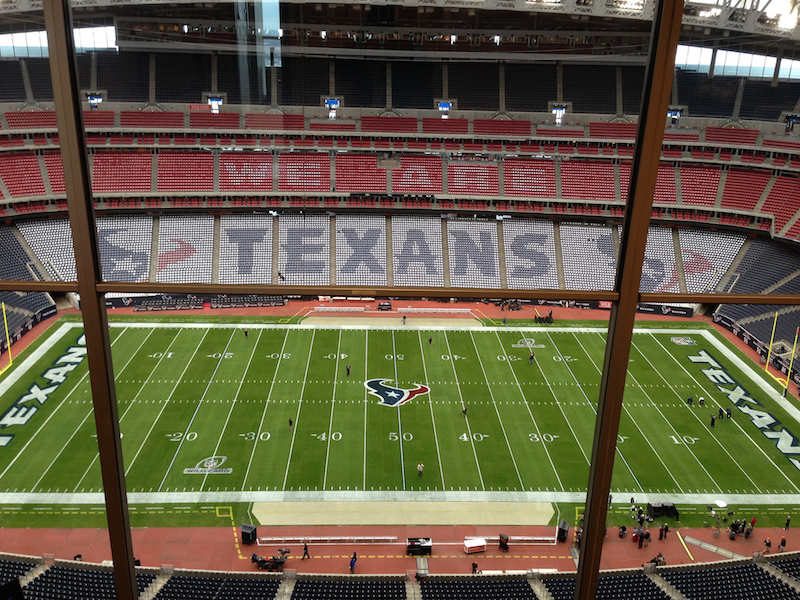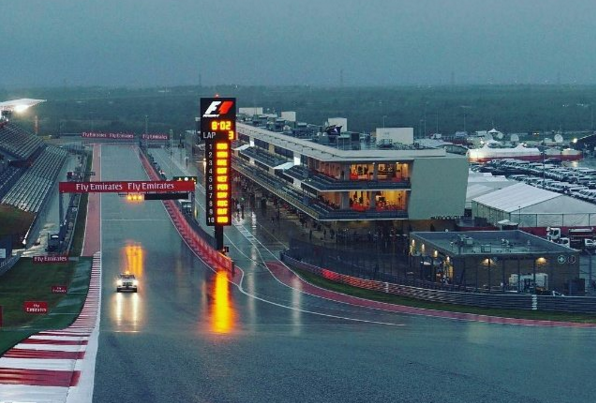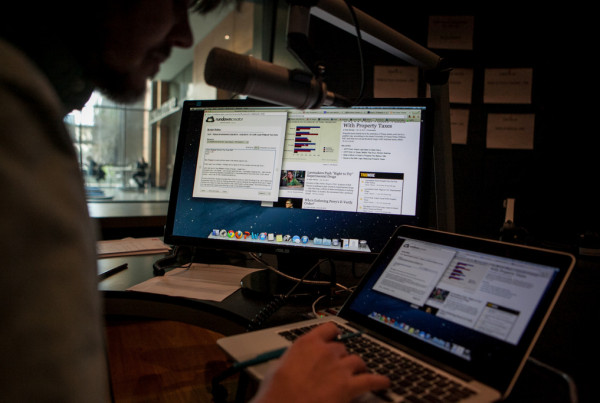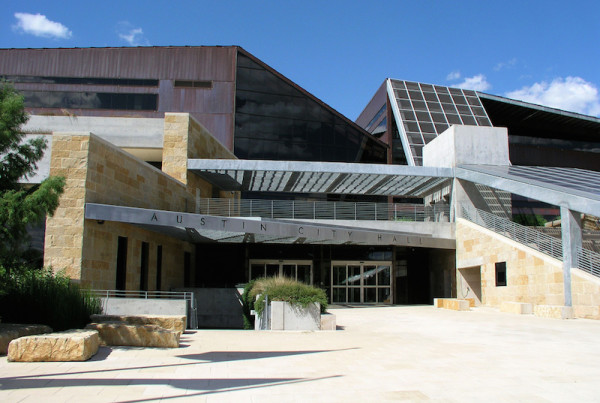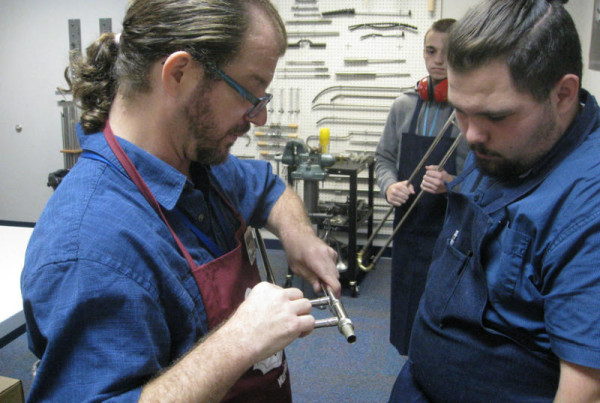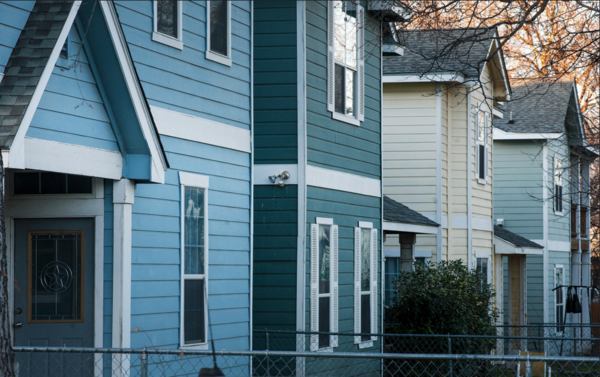When the Dallas Cowboys’ completed construction of AT&T Stadium in 2009, the colossal structure was billed as the stadium of the future.
Some 80,000 seats, glass doors opening to each end zone, 3,000-plus LCD displays and – of course – one of the largest high-definition televisions in the world surround the action on the field. In the past five years, there’s been a virtual arms race over who can build an even more eye-popping incarnation of the American coliseum.
But, now some architects in the specialized industry of stadiums are calling for a de-escalation.
Journalist Jeff Beckham has written about the future of stadiums for “Wired” and “Sports Illustrated.” Beckham says giant stadiums like the AT&T Stadium in Dallas and Houston’s NRG Stadium are at the “tail end of a trend.”
“You can’t build a stadium nowadays for under a billion dollars,” he says. “Not every place has a billion dollars, whether it’s public or private funding, to build a stadium.”
What you’ll hear in this segment:
– How stadiums build by architects like Dan Meis could be the wave of the future
– The ways a stadium can come into the city from the suburbs and become part of a neighborhood, with shops and public transit
– What a “pop-up stadium” is and why events like the Olympics in London have taken advantage of them


